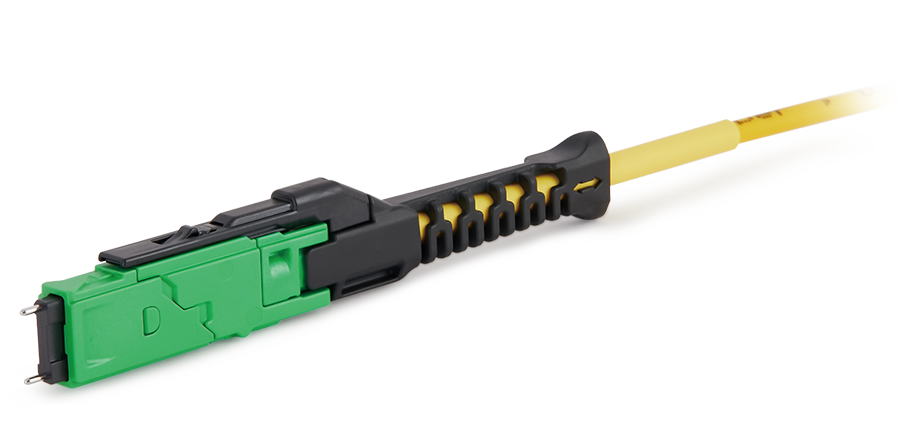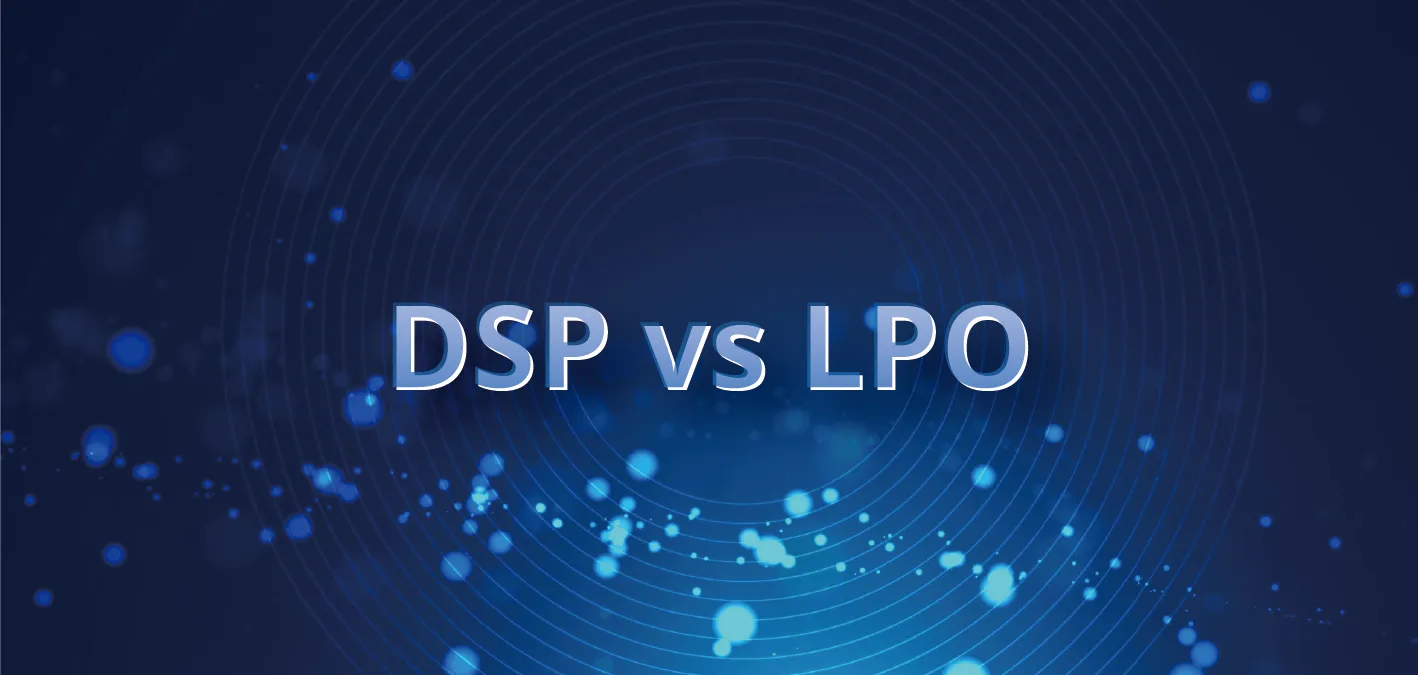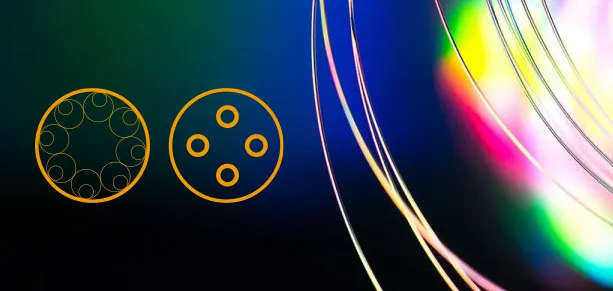The robust development of large-scale computational models and their related applications has made computing power a key infrastructure in the HPC industry. 800G optical transceiver modules are crucial for ensuring that communication infrastructure can handle the fast data processing and exchange required by computational models.
Evolution of 800G Optical Transceiver Modules
Increasing bandwidth demand
The surge in end-to-end user traffic driven by computing has resulted in a skyrocketing demand for 800G optical transceiver modules, which also indicates that the market is demanding higher concurrency and real-time performance from network bandwidth. As bandwidth demand continues to increase, 800G bit/s optical transceiver modules have emerged, gradually occupying the mainstream market with their performance advantages. Large-scale deployment is expected by 2025.
LPO technology
Linear drive pluggable optics (LPO) technology uses a linear drive method, replacing the DSP with transimpedance amplifiers (TIA) and drivers with high linearity and EQ functionality. Although DSP provides functionalities like digital clock recovery and dispersion compensation to achieve signal recovery at a lower error rate, it also entails higher power consumption and cost.
Compared to traditional solutions, LPO modules only use linear analog components in data interfaces, eliminating the need for a DSP architecture. Therefore, LPO modules can reduce system power consumption and latency by about 50%. This is particularly suitable for the short-distance, high-bandwidth, low-power, and low-latency data communication needs of modern computing centers.
Classification of 800G Optical Transceiver Modules
There are mainly two ways to classify 800G optical transceiver modules: by packaging type or by the number of electrical interface channels. In terms of packaging, 800G optical transceiver modules mainly come in two types: four-channel small form-factor pluggable 800G QSFP-DD and eight-channel small form-factor pluggable 800G OSFP.
By number of channels, there are mainly three categories:
8×100G PAM4 optical transceiver modules
PAM4 (Four-Level Pulse Amplitude Modulation) modulation allows multiple bits to be encoded per symbol, ensuring efficient and high-speed data transmission over optical communication networks. 8×100G PAM4 optical transceiver modules run on an 8-channel configuration, with each channel carrying 100G data streams.
2×400G PAM4 optical transceiver modules
2×400G PAM4 optical transceiver modules adopt two independent channels, each carrying 400G data streams.
800G coherent optical transceiver modules
800G coherent optical transceiver modules use advanced coherent communication principles, modulating amplitude and phase to achieve efficient data transmission. They achieve high data rates through coherent detection and complex modulation formats like QAM.
In practical applications, their working rate is 128Gbd, adopting 16QAM modulation, utilizing four pairs of DAC and ADC, one laser, and a pair of optical transceivers. They can also use fixed wavelength lasers in data center coherent optical transceiver modules to reduce costs and power consumption.

 Fiber Optic Flex Circuit (FOFC)
Advanced Simulation & Optimization, High Positioning Accuracy, Flexible Customization, Rigorous Reliability Testing
Fiber Optic Flex Circuit (FOFC)
Advanced Simulation & Optimization, High Positioning Accuracy, Flexible Customization, Rigorous Reliability Testing MDC Solution
US Conec's MDC connector is a Very Small Form Factor (VSFF) duplex optical connector, expertly designed for terminating single-mode and multimode fiber cables with diameters up to 2.0mm.
MDC Solution
US Conec's MDC connector is a Very Small Form Factor (VSFF) duplex optical connector, expertly designed for terminating single-mode and multimode fiber cables with diameters up to 2.0mm. MMC Solution
US Conec's Very Small Form Factor (VSFF) multi-fiber optical connector that redefines high-density connectivity with its cutting-edge TMT ferrule technology and intuitive Direct-Conec™ push-pull boot design.
MMC Solution
US Conec's Very Small Form Factor (VSFF) multi-fiber optical connector that redefines high-density connectivity with its cutting-edge TMT ferrule technology and intuitive Direct-Conec™ push-pull boot design. EN
EN
 jp
jp  fr
fr  es
es  it
it  ru
ru  pt
pt  ar
ar  el
el  nl
nl 



_and_High-Reflection_(HR)_Optical_Coatings.webp)
